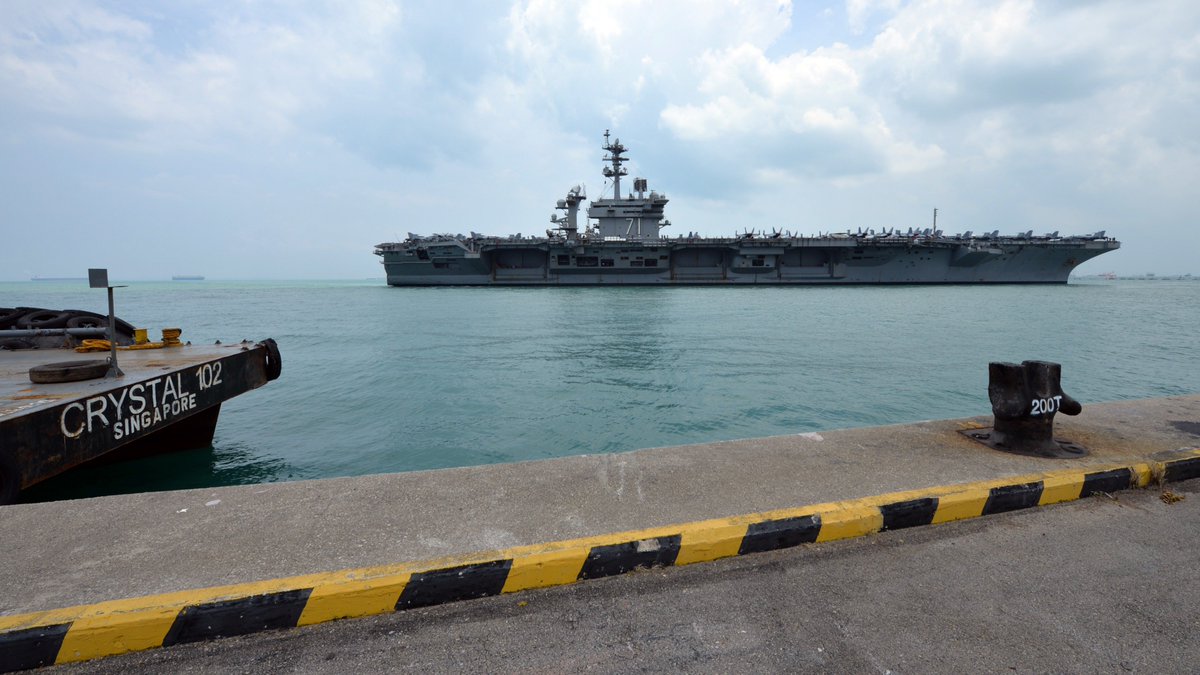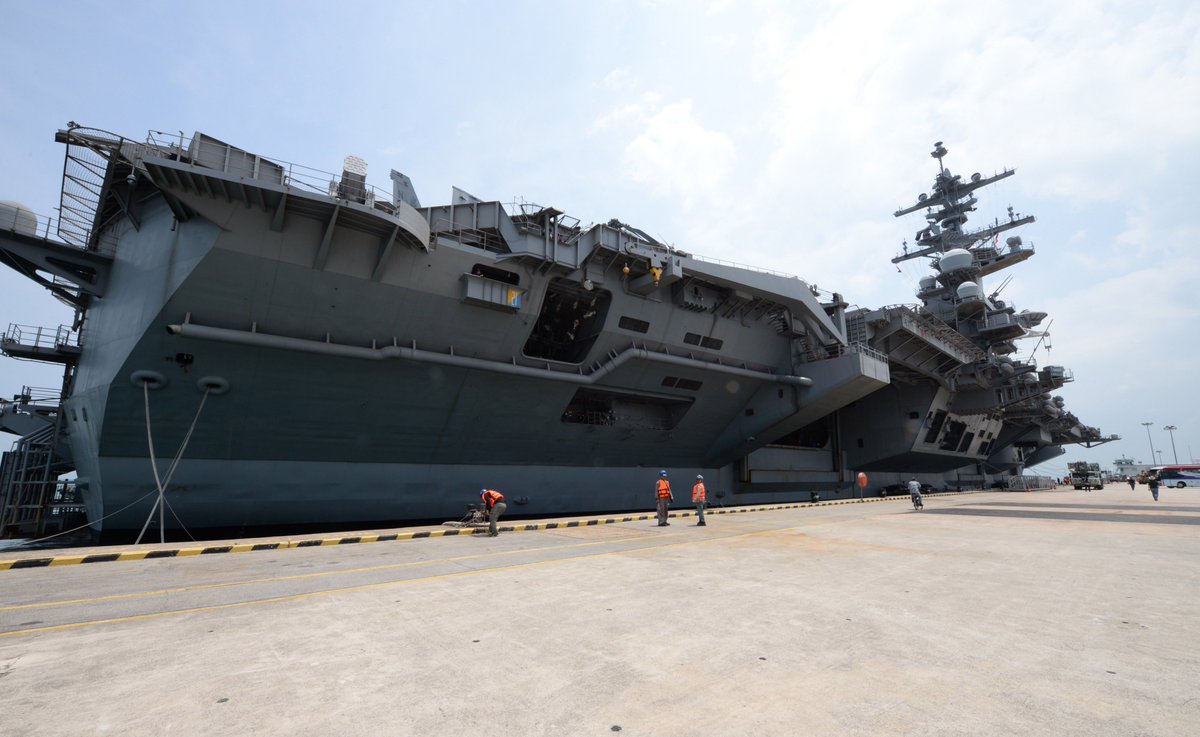The U.S.
plans to deploy its
variant to
, Japan, in roughly the next three years amid reports the C-variant will achieve combat-ready status later than expected.
While the timeline is not set in stone, Carrier Air Wing 5 in the Pacific is expected to receive the
sometime after 2021, Cmdr. Reann Mommsen told Military.com.
The Navy "places its most advanced and combat-capable units in the forward-deployed naval force," she said in an email. "CVW-5 has the Navy's most lethal aircraft, including the most combat-capable
strike fighters."
Mommsen said the first F-35C squadron will replace an F/A-18 Super Hornet squadron, which will return to the U.S.
When the transition is complete, CVW-5 will have a mix of fourth-generation Super Hornets and fifth-generation F-35Cs designed to take off and land on aircraft carriers.
"Like all fixed-wing squadrons in CVW-5, the F-35Cs will forward deploy to MCAS Iwakuni. This future upgrade will enhance the capabilities of the air wing and its mission to defend Japan and contribute to regional peace and security," Mommsen said.
The F-35C is not expected to reach initial operating capability until 2019, according to a report from Aviation Week.
Rear Adm. Dale E. Horan, commander of Carrier Strike Group 8,
that the Navy needs to see a successful demonstration of the F-35's software during its Initial Operational Test and Evaluation trials before it can declare the C-variant combat ready.
The Lockheed Martin Corp.-made F-35 was expected to be ready for IOC sometime between August 2018 and February 2019,
submitted to lawmakers.
Meanwhile, the Navy is also gearing up to replace its aging
fleet aboard CVW-5 with new Navy CMV-22 Osprey tiltrotor aircraft, Mommsen said.
A "CMV-22B detachment is expected to replace the detachment of C-2A Greyhounds currently assigned to Carrier Air Wing 5 and
," she said, adding that no decision has been made as to which base in Japan will receive the Ospreys.
The
's version of the Osprey, the
,
of schedule.
A squadron of 10 Ospreys was due to arrive at
in 2020, but five aircraft will first be based at U.S. Forces Japan under the accelerated move.






